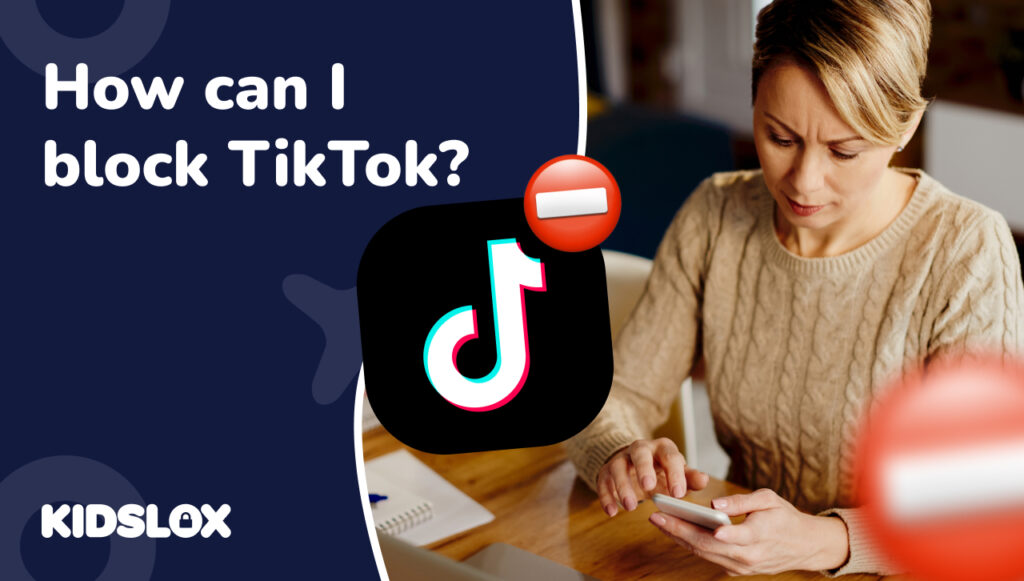If you or your children play today’s most popular online video games, there’s a good chance you’ve come across loot boxes.
Loot boxes are digital mystery boxes that can usually be won in-game or purchased, usually using an in-game currency, (though in many cases the virtual currency can itself be purchased using real money), and which often contain items to improve a player’s game experience. In some instances, loot boxes become almost like a second currency, as players can use them to buy other in-game items.
Loot boxes are expected to bring in a whopping $20 billion in revenue by 2025 in the US alone. While loot boxes might be seen by some as harmless fun, there is considerable concern growing, that they are designed in a way that is intentionally manipulative and could pose a risk to children.
In this blog post, we’ll look at how loot boxes work and some potential risks they pose to young players.
What are Loot Boxes?
Loot boxes are an in-game item that offers users a randomized in-game prize. They can often be collected for free during gameplay, but the time intensive nature of collecting them this way incentivizes players who want to progress quickly to purchase large numbers directly.
This sort of in-game purchase is often described as a “microtransaction”. There are lots of different sorts of microtransactions, and their use is widespread in free-to-play games, as a way for developers to generate revenue.
While microtransactions as a category might be concerning for some parents, loot boxes are not the same as other microtransactions and deserve special concern. Even if you allow your child to make some in-app purchases, you might want to rethink that position when it comes to games with loot boxes.
The contents of the loot box are usually randomized, meaning that players don’t know what they’re going to get until they open the box. There might be different levels of loot boxes within the same game, to guarantee that the item inside is of a certain in-game value, but there is still no guarantee that a given loot box will give a player the item they want.
The sort of items contained in a loot box might include objects that can be used to improve a player’s game experience, such as new weapons, costumes, or power-ups. In some games, loot boxes can even be used to purchase other in-game items.
Loot boxes have become increasingly common in recent years and can now be found in a wide variety of games, including popular titles such as Overwatch, Call of Duty: WWII, Star Wars Battlefront II, and FIFA.
How do Loot Boxes Work?
Loot boxes usually take the form of a digital mystery box that can be purchased or won within a game. For instance, in Overwatch, players can earn in-game currency by completing matches and challenges. This currency can then be used to purchase loot boxes containing a random selection of items such as new weapons, costumes, or power-ups.
In some games, such as Star Wars Battlefront II, loot boxes can be purchased using real money. The cost of a loot box can vary depending on the game, but they usually range from a few dollars to over $100.
The contents of a loot box are usually randomized, meaning that players don’t know what they’ll get until they open the box. This element of chance is often seen as one of the key appeals of loot boxes. However, it also means that players can sometimes end up with items they don’t want or need.
Sometimes, a player may receive an item from a loot box already available in the game. For instance, in the game Overwatch, a player may receive a duplicate of an item they already have. While this may not seem like a big deal, it can be quite frustrating for players hoping to receive something new and exciting.
While loot boxes can often seem like a harmless way to add an element of chance to a game, there is a growing concern that they are designed in a way that is intentionally manipulative and poses a risk to children.
The Power of Manipulative Design
Loot boxes have been criticized for using manipulative design, a type of game design that uses psychological techniques to encourage players to spend money.
One of the most common criticisms of loot boxes is that they exploit the human tendency known as the sunk cost fallacy. The sunk cost fallacy is the idea that we are more likely to continue investing in something if we have already invested a lot of time or money into it.
For example, imagine that you’ve just spent $60 on a new video game. After playing the game for a few hours, you find that you don’t really enjoy it. However, because you’ve already invested so much money into the game, you convince yourself to keep playing it in the hope that it will get better.
This is an example of the sunk cost fallacy in action. In reality, you would be better off stopping to play the game and accepting that you wasted $60. However, the sunk cost fallacy can often lead us to make irrational decisions, such as spending more money on a game that we’re not enjoying.
Loot boxes exploit the sunk cost fallacy by encouraging players to keep spending money in the hope of receiving something that they want. For example, a player may purchase a loot box in the hope of receiving a rare item but instead end up with a duplicate of an item that they already have.
While this may seem like a wasted purchase, the player may convince themselves that they’re more likely to get the item they want if they keep buying loot boxes. In other words, they’ve fallen victim to the sunk cost fallacy and are now spending more money than they need to.
The use of manipulative design is not limited to loot boxes. In fact, it is a common tactic used by many businesses in various industries. For instance, casinos use a similar technique known as the gambler’s fallacy to encourage people to keep gambling even when losing.
Loot Boxes and Kids: A Dangerous Combination
The connection to gambling is no coincidence. In fact, some countries have already legislated against loot boxes using existing gambling laws. The temptation and risk is dangerous enough even for adults, but if the comparison with gambling is a reasonable one, there is even more reason to be concerned about the availability of this mechanism in games played by children.
This is because children are more likely to fall victim to the sunk cost fallacy and other psychological manipulations than adults. In addition, children are also more likely to spend money on loot boxes without understanding the risks involved.
For instance, a child may not realize that they’re more likely to get duplicates of items they already have than rare items. As a result, they may keep buying loot boxes in the hope of receiving something they want, even though the chances of this happening are quite low.
In addition, children may also be more likely to spend real money on loot boxes than adults. This is because children are often less aware of the value of money and may not understand that they’re spending real money when they purchase a loot box.
This can lead to children spending large amounts of money on loot boxes without realizing it, which can put them at risk of getting into debt.
Tips to Avoid Being Manipulated by Loot Boxes
If you’re concerned about being manipulated by loot boxes, there are a few things you can do to avoid falling victim to their tricks:
- Be aware of the sunk cost fallacy and other psychological manipulations.
- Don’t spend more money on loot boxes than you can afford to lose.
- If you’re playing a game with loot boxes, decide in advance to either not buy any or to spend a pre-decided amount per month.
- Be careful about giving your credit card information to companies you’re unfamiliar with.
- Keep an eye on your spending and make sure you’re not spending more than you can afford.
- If you think you or someone you know may have a gambling problem, there are several resources available to help.
Keep Yourself Safe with Knowledge (and Help from Kidslox)
Loot boxes are a dangerous form of manipulative design that can lead to people spending more money than they can afford. However, by being aware of their techniques, you can avoid falling victim to their tricks.
If you’re concerned about your children being exposed to loot boxes, you can use Kidslox to block them from accessing games that contain them. You can also use Kidslox to limit your children’s time playing video games.
With Kidslox, you can have peace of mind, seeing the games your children are engaging with and with the option to block in-app purchases, put time limits on games or block specific games completely if they’re just too problematic. Keep your children safe from the dangers of loot boxes and other manipulative app design techniques. With one account, you can easily protect your family across multiple devices.
Learn more about how Kidslox can help you keep your children safe from manipulative app design by visiting our website today.





